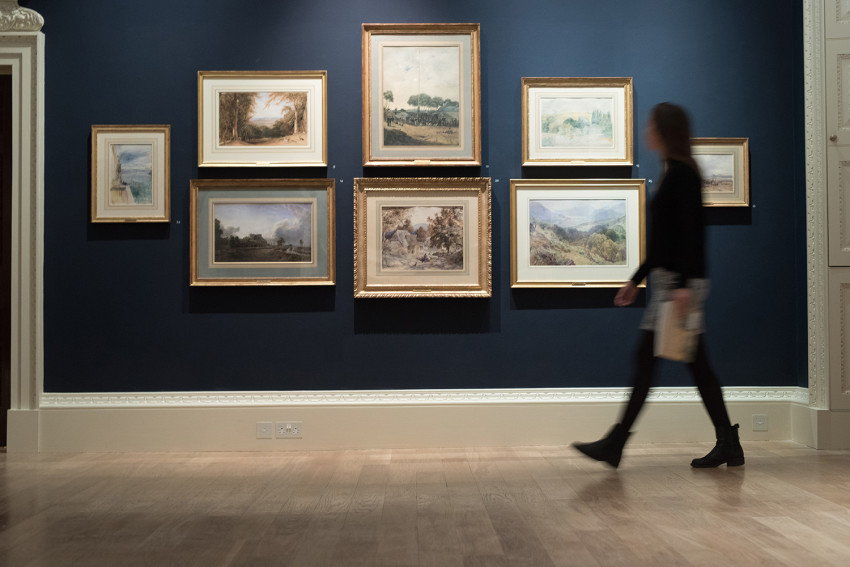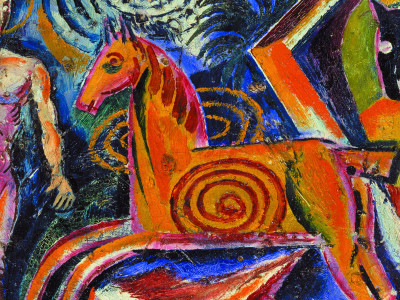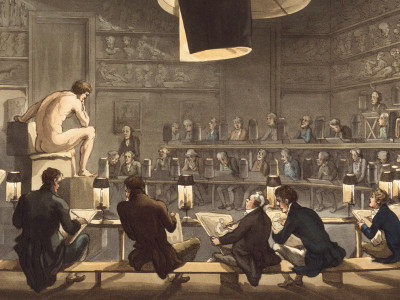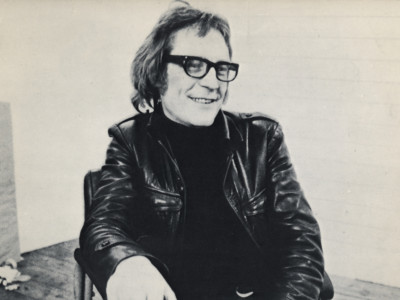
The beauty of watercolour
By Ian Warrell
Published on 14 October 2018
The heyday of British watercolour is reflected at the RA in a free exhibition of works from the BNY Mellon Collection, says Ian Warrell.
From the autumn 2018 issue of RA Magazine, issued quarterly to Friends of the RA.
Sometimes an outsider sees things more acutely than those in the thick of a situation. This was the case for the young writer Thomas Gold Appleton who, having graduated from Harvard, arrived on his first trip to London in 1833. After visiting the Royal Academy’s exhibition and considering the standard of many of the oil paintings mediocre, he then went to the Society of Painters in Water Colours. The contrast stunned him. “This is the glory of English art,” he declared in a letter to his family back in America. “It is their forte. I hardly had a notion of the richness and finish this work is susceptible of.”
He was not the only outsider to have celebrated this allegedly “native” art form. A century later, the philanthropist Paul Mellon also saw the significance of watercolour in the character and achievement of British art. A selection of the collection he donated to the Yale Center for British Art was shown at the RA in 2007. His passion for watercolour informed the acquisition of the choice items that usually hang in the offices of BNY Mellon, and which go on show at the RA this autumn.
Exploring watercolour with Christopher Le Brun PRA
In this video, made in collaboration with Winsor & Newton, the president of the Royal Academy of Arts demonstrates how he uses watercolour and talks about its special qualities as a medium.
The result is a compact but engaging survey, from Gainsborough in the 1770s to Ruskin 100 years later. Inevitably, the particular challenges of working in watercolour call forth very diverse responses that are as much about the application of paint as their subjects. Look, for example, at the 19th-century depictions of the countryside near Nottingham, by Cornelius Varley and by Peter de Wint, both closely observed but completely different in effect. For descriptive precision, there is Michael "Angelo" Rooker’s 1770s picture of the makeshift buildings that surrounded the old Houses of Parliament, which provides an invaluable record of Westminster around 60 years before all but the great medieval hall was destroyed by fire. Elsewhere studies by Turner and Constable (Hampstead, 1833; cover image) are characterised by a more expressive handling, ideal for testing composition ideas or a means of representation. Visitors to the show may be surprised to discover this seemingly “modern” tendency to abstract and simplify in much earlier works by Thomas Jones and John Robert Cozens, who imbued their Italian landscapes with a fantastical and intangible poetry.

Royal Academy of Arts, 25 Sept – 16 Dec, 2018.
Ian Warrell is a curator who specialises in 19th-century British art
British Watercolours from the Collection of BNY Mellon, Tennant Gallery, Royal Academy, 25 Sep–16 Dec, free to visit. Catalogue published by Modern Art Press, (£14.95).
BNY Mellon is Anniversary Partner of the Royal Academy of Arts.
Related articles

Visions from Ukraine
19 June 2024

10 RA Schools stories through the centuries
16 May 2024

In memoriam: Mick Moon RA
1 May 2024